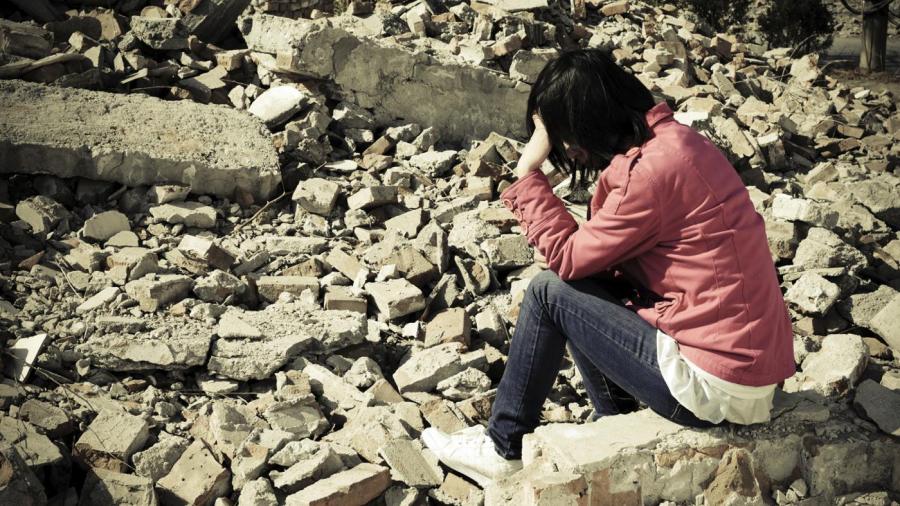How Do Earthquakes Affect People?

The majority of earthquake-related deaths occur from the collapse of structured buildings. Aside from collapsing buildings, other hazards such as landslides, tsunamis and the complete halt of civilization are directly related to the effects earthquakes have on people.
The shaking caused by the seismic waves of an earthquake damages buildings and causes them to collapse. The amount of damage caused to a building is directly related to the amplitude, time frame and amount of shaking from the earthquake. Larger earthquakes shake longer because they rupture a larger area than smaller earthquakes do. Earthquakes can cause massive damage to large infrastructures, and repairing or replacing these can take a long time. Bridges and overpasses that are damaged have to be rebuilt, and traffic has to be re-routed during the rebuilding process. Bridges and overpasses that were not damaged or demolished have to be inspected for safety, and this also causes traffic to be rerouted, causing confusion and traffic jams for motorists. Landslides, resulting from earthquakes, flatten and destroy houses causing added loss of life from the earthquake. When earthquakes cause the land along the fault lines in the sea to shift up or down, the sea floor also shifts vertically. This causes the potential for massive tsunamis, depending on the strength of the earthquake. Larger earthquakes not only cause larger tsunamis, but the aftershocks of such earthquakes can each trigger multiple powerful tsunamis as well. When tsunami waves are travelling in the ocean, speeds can reach upwards of 500 to 600 miles per hour, causing massive destruction to anything in the way.





